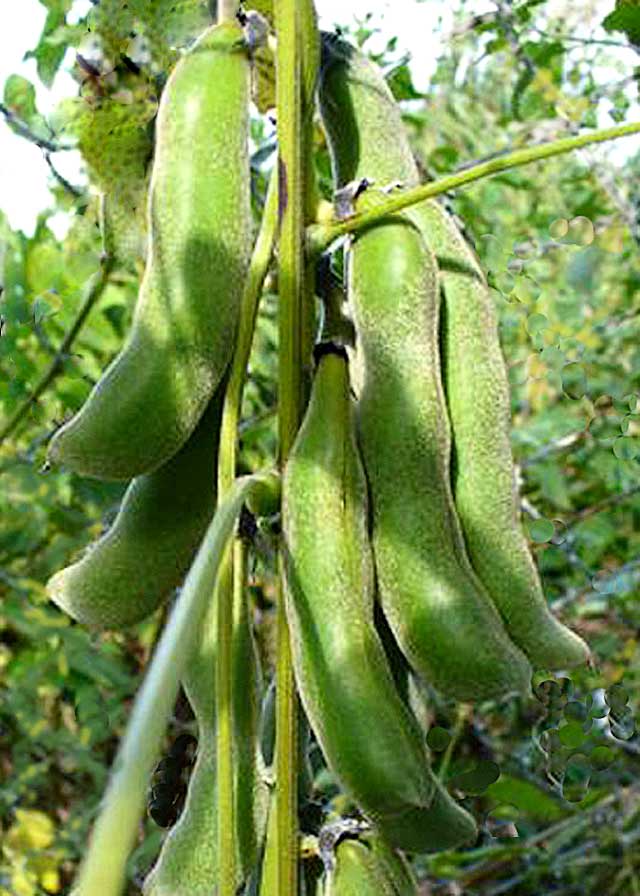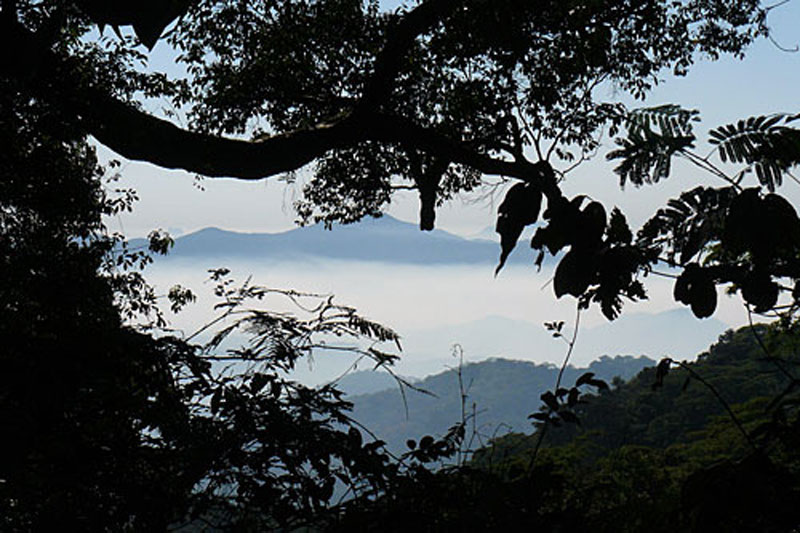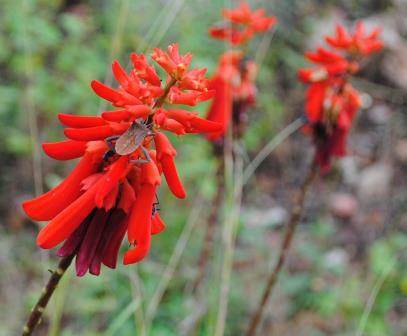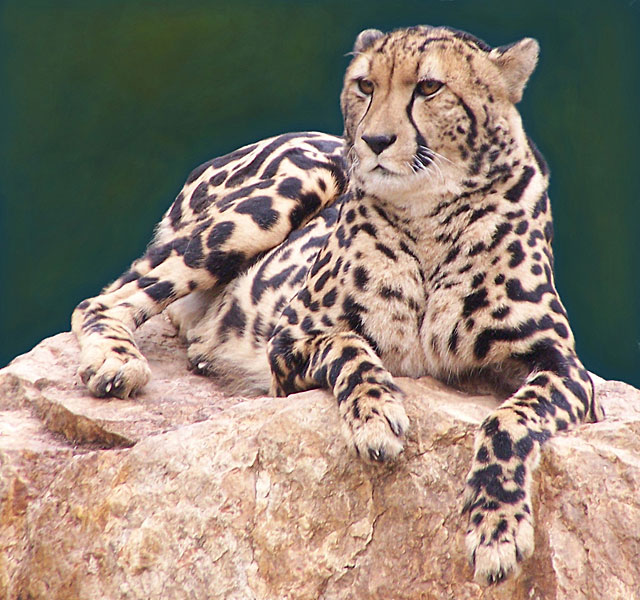Dangers Hidden in Plain Sight
Velvet Bean, in Name Only
Not all dangers in the bush are obvious. In the case of snakes and mosquitoes, experience and anecdotal evidence has taught people what to avoid. But sometime the dangers are hidden in plain sight and pretty packages as in the case of the velvet bean.
Mucuna sub sp. irritans Burtt Davy – also known as the Buffalo bean – is a subspecies of Macuna coriacea, occurring in tropical regions of sub- Saharan Africa. The bean (seeds) range in color from eggshell cream to pitch black. Climbing shrub with long vines reaching over 15meters (49ft) in height or length.
There are many sub-species of Mucuna all over tropical Africa and the world but let me introduce you to our particular variety – the Buffalo bean, a plant notorious for the extreme itchiness it produces on contact. The painful itch is caused by the fine hairs that cover the seed pods and young leaves.
Pain in a Pretty Package
An unfamiliar and luxuriant creeper was hanging in bunches of velvet pods from a tree. These unknown beans were extraordinarily pretty; as green as moss and covered with velvet. I stroked the pods and within a few minutes the fingers and the palms of my hands began to burn, then my face, neck, forearms and knees – everywhere I touched. It was burning and itching in one and every remedy tried only made it worse. It died away without a trace an hour later!
First time victims have been known to plunge into the nearest water source… Big mistake! Water only spreads the itch. Scratching the affected area means the hands transfer the chemical to other parts of the body.
Once spread around, the victim is trapped in vicious cycle of scratching vigorously and uncontrollably. Villagers in parts of Mozambique refer to the bean as “mad beans,” while in Nigeria the seed pods are known as “devil beans.”
Cattle and Buffalo Love Velvet Bean!
This family of legume is native to Africa and tropical Asia and extensively cultivated. Yes extensively indeed. The popular common names give some idea of its world wide spread; Bengal velvet bean, Florida velvet bean, Mauritius velvet bean, Yokohama velvet bean, monkey tamarind, and Buffalo bean.
These striking plants are found in high rainfall areas at low to medium altitudes. Commonly occurring on the edges of evergreen forests, they also grow in ravines and thickets, climbing over shrubs and amongst tall grasses.
No Pain, No Gain
For a plant that causes so much pain, the Buffalo bean is actually very useful! For decades, Brazilians have roasted and ground velvet beans to make a coffee substitute known as “nescafé.” Due to toxicity for mammals, velvet beans require special preparation before eating. Despite this, tribes in South America, Africa, Asia and so on, still grow the bean as a food crop and serve them cooked as a vegetable.
Altogether, this bean has much value in agricultural and horticultural applications and is a common fodder plant in the tropics. It has an amazing variety of medicinal properties and the plant and its extracts are used in tribal communities as a toxin antagonist for various snakebites. In its medicinal form, it is referred to by many as having a somewhat psychotropic effect, which some find pleasant.








